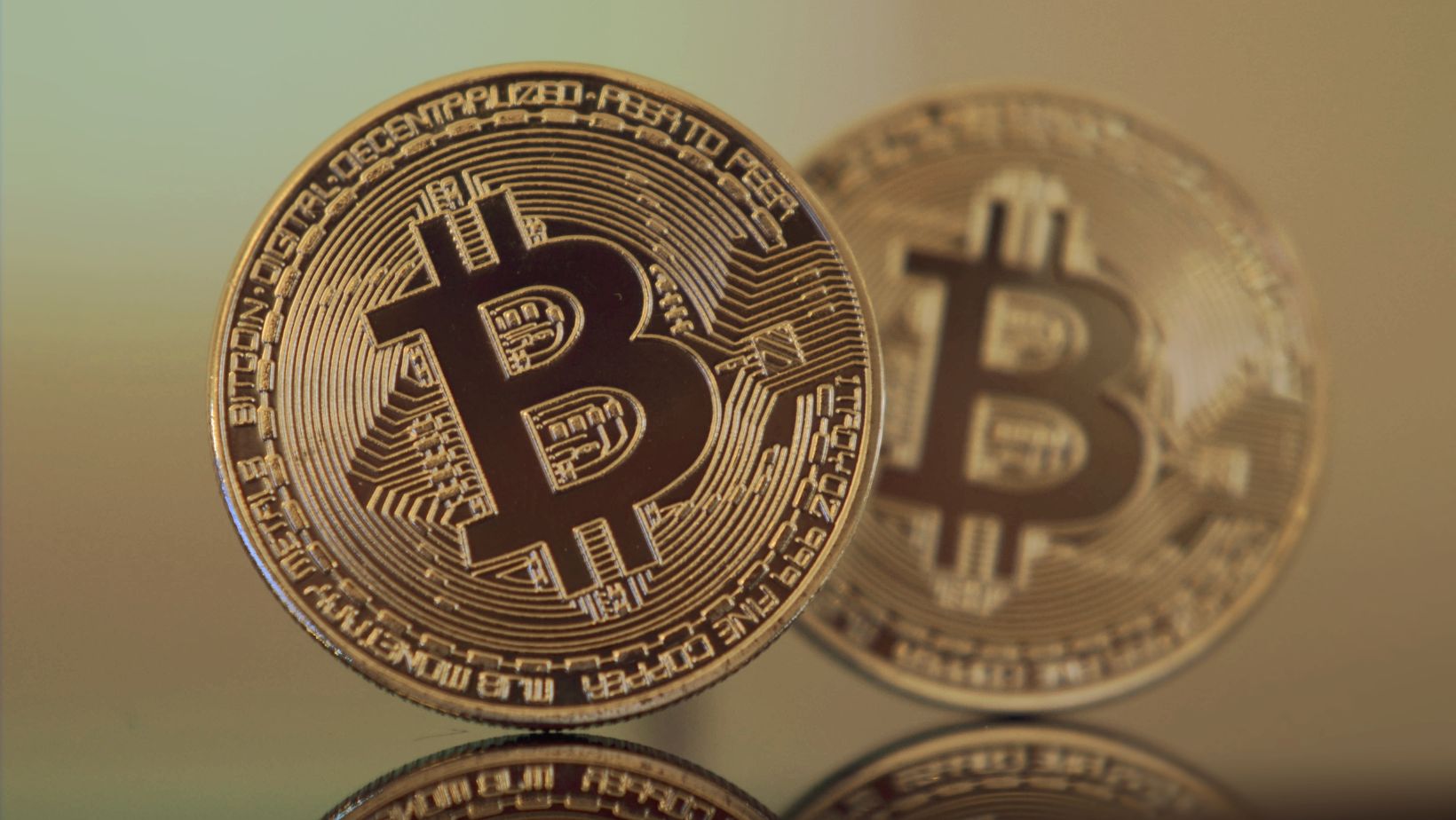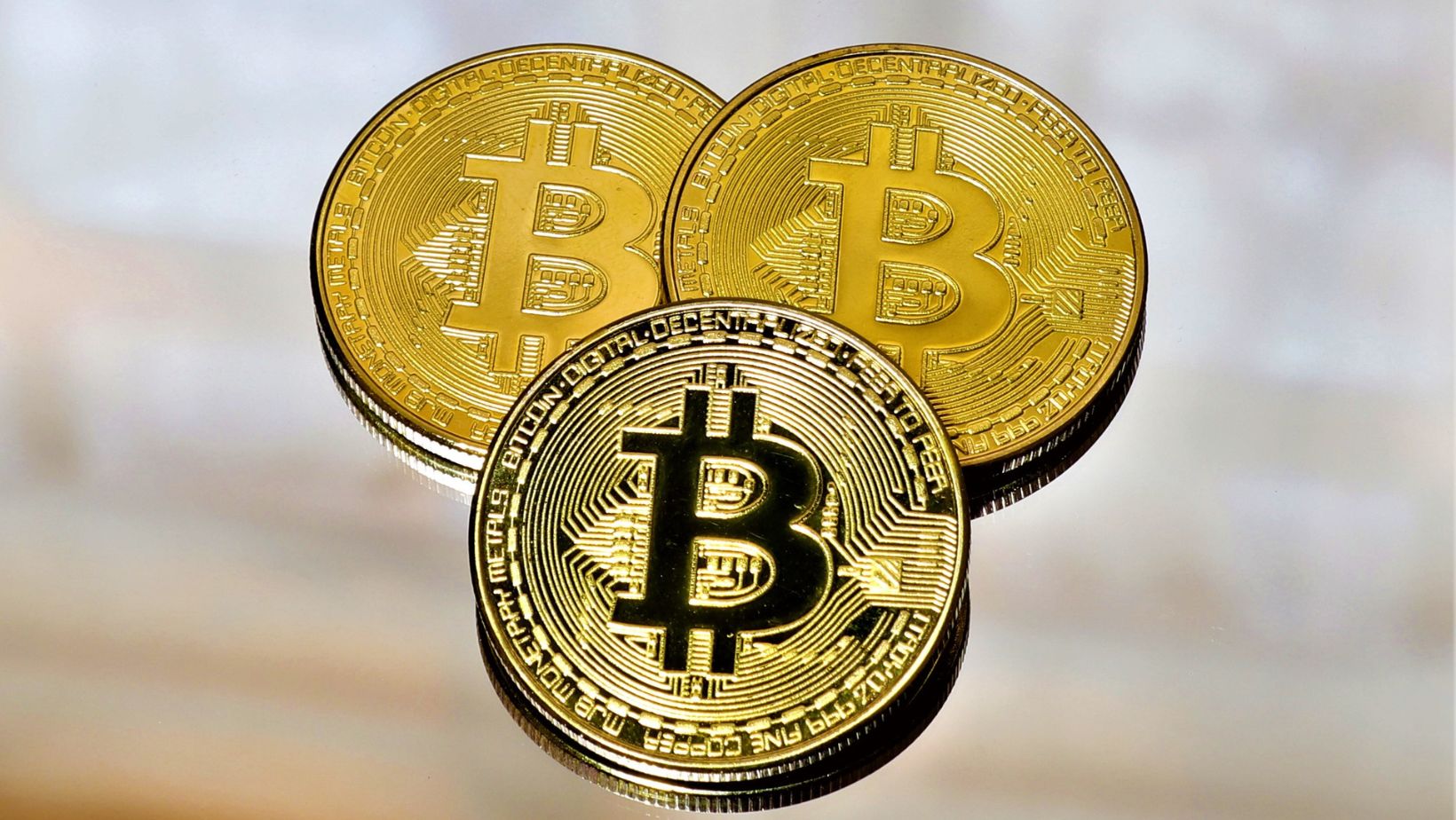
The play-to-earn (P2E) market exploded. There’s no denying that. At one point, there were. In 2022, a survey conducted in the US, UK, and Indonesia found that 40% of gamers were interested in blockchain games and will likely explore the option of playing in the future. And now it’s more accessible than ever – you don’t need to own Ethereum or Bitcoin to play. You could exchange the SingularityNET Price for the Solana Price and play Solana crypto games.
Still, some of the most popular games were on the Ethereum and Bitcoin networks – which sometimes made them out of reach. Some research shows it can cost up to $1000 to start playing Axie Infinity – one of the most popular P2E games.
But people obviously loved it – the industry is now worth $3,292.73 million and is set to increase to $6,324.54 million by 2031.
Are you intrigued? Keep on reading for an insight into the growing industry.
The Play-to-Earn Gaming Market
The P2E gaming market has witnessed a meteoric rise. It is beginning to transform the landscape of digital gaming. This explosive growth has been fueled by the integration of blockchain technology into the gaming world. It offers players entertainment and the opportunity to earn real-world value through gaming exploits.
The appeal of P2E gaming lies in its accessibility and the potential for earnings. Contrary to popular belief, entering the world of P2E gaming doesn’t necessarily require hefty investments in major cryptocurrencies like Ethereum or Bitcoin. Players can engage in a variety of games on platforms like Solana, often with more affordable entry points. That has democratized access to P2E gaming, attracting a broader spectrum of players.

And yes, as mentioned in the introduction – 40% of players in key gaming areas of the globe are interested in the prospect. So it must be good, right?
Where Was It Most Popular?
P2E gaming has gained significant traction globally, but its popularity has been particularly notable in regions with high smartphone penetration and a keen interest in cryptocurrency. Countries in Southeast Asia, for instance, have emerged as hotspots for P2E gaming. In these regions, games like Axie Infinity have become a source of entertainment and can be a means of income – but the key word here is CAN. The economic incentives offered by P2E games have made them a viable alternative to traditional employment for some, but not everyone.
Can You Really Play to Earn?
The promise of earning real money through gaming is at the heart of the P2E phenomenon. Games like Axie Infinity, despite their initial costs, have shown that it’s possible to generate significant earnings.
Players can earn in-game currencies or assets that are then converted into real-world money.
However, it’s important to note that the profitability can vary based on the game’s popularity. You also have to think about whether you can afford it.
Is It More Difficult Than Traditional Gaming?
In P2E gaming, the challenge extends beyond mastering game mechanics or strategies. Players must become adept at handling the economic aspects integral to these games – it’s not something everyone is used to. Unlike traditional gaming, where the financial aspect is limited to initial purchases or in-game transactions, P2E gaming often requires ongoing financial management and market analysis.
That added dimension of financial strategy adds a layer of complexity – it’s intellectually stimulating on top of trying to understand the game. Not everyone is interested in that.
And the initial investment required to start playing popular P2E games can be significant – not everyone is interested in that, either.
All these factors combine to make P2E gaming a more multifaceted and intricate experience than standard, not play-to-earn gaming.
Can You Trust It?
Trust in P2E gaming is good and bad – like everything in life, there are pros and cons. On one hand, blockchain technology offers transparency and security, ensuring fair play and secure transactions. It’s better than the flawed banking and payment systems, to an extent.
On the other, the volatile nature of the crypto market can affect the value of in-game earnings.
The nascent state of the industry means regulations are still evolving. That can pose risks. As with any investment, due diligence is crucial. Players should research games thoroughly, understand the risks involved, and be cautious with their investments.

The P2E gaming market represents a significant shift in the gaming industry. It blurs the lines between entertainment and finance. Its current valuation of over $3 million – and with projections to double by 2031 – underscores its growing impact. While challenges such as market volatility, like with all aspects of cryptocurrency, and the complexity of blockchain gaming exist, the industry’s potential for growth and innovation continues to attract players and investors alike.
As P2E gaming becomes more mainstream, it could redefine how games are played and how they are perceived in terms of economic and social value.
The industry is not just about gaming. It’s about creating a new ecosystem where play, work, and investment converge. Still, it’s in the making. But the evolution should open up new possibilities and opportunities. It’ll make P2E gaming an exciting space to watch in the coming years.






